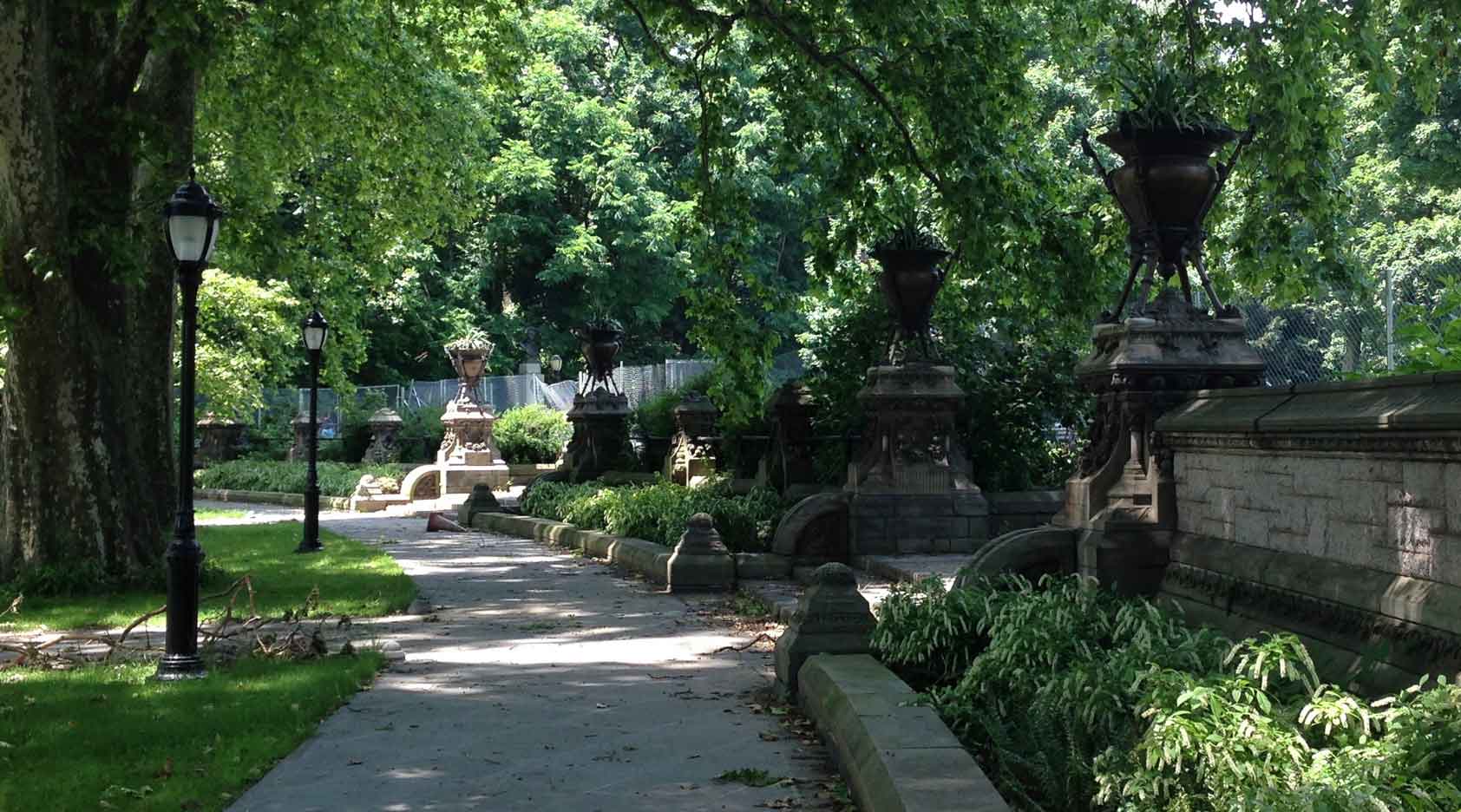Central Park in
Manhattan, well known throughout the world, overshadows another park, designed
by the same architect, known only to the inhabitants of the NY metropolitan
area. Frederick Olmstead also designed Prospect Park in Brooklyn. It has all
the amenities of Central Park on a slightly smaller scale. I grew up two blocks
from Prospect Park, and lived in a child’s paradise. I knew it well and reveled
in its verdant summer glory as well as its stark winter whiteness.
As
a very young child, I rode the carousel in the sheep meadow and flew kites on a
windy spring day. Kites, frequently home made from two pieces of balsa wood
covered with newspaper, trailed a rag tail from its pointed lower end. The
string that tied it all together and held it anchored to the earth, we never
bought in a store but garnered it from the stash my parents kept in a kitchen
drawer. We never threw string away whether it came from the bakery box that
held pastries or from the brown paper packages of meat from the butcher. We
saved it all. The carousel and sheep disappeared in the early 1940's but kites
still fly in the spring.
Playgrounds
with swings, slides, see saws, monkey bars and a sandbox dotted the park near
their many entrances. A street vendor
stood outside each entrance and sold hot roasted peanuts served in a brown
paper bag or shaved ices flavored with a variety of syrups and served in a cone
shaped paper cup.


A bicycle path gave us a safe and peaceful
route to ride our bikes away from city traffic and noise. Bridle paths for
horse lovers and a roller rink for skaters as well as basketball courts
provided athletic diversions. A plethora of pigeons and squirrels inhabited the
park in summer. I have no idea where they went in winter.
The
rolling hills made for great fun to roll down in summer and sleigh down in
winter. We took a running start, belly-flopped on our flexible flyer sleds and
skidded down Monument Hill, the tallest in the park. It consisted of two dips
and gave us a long ride. One day after a blizzard, I couldn’t wait to get to
the park to try out my new sled. I patiently climbed Monument Hill in soft
powdery snow, took my running start, belly-flopped on my sled, slid right off
and landed face first in the snow. The sled got stuck in the soft snow and
refused to budge. I had to wait another day for the snow to become packed before
sleigh riding could resume.
Although
I had fun in winter, summer showed the park in all her majesty; picnics under
tall leafy trees, running through the sprinklers, visiting the botanical
gardens with their cross of lilies at Easter and Cherry blossom trees in the
Japanese Garden. During the war, they renamed it “Victory Garden” and the
pagodas disappeared but the cherry blossoms remained.

At
a visit to the zoo, always entertaining, I loved to watch the seals climb on
their graduated platforms to sun themselves and then dive off to the applause
of the spectators. The monkey house held not only playful monkeys, but also a
huge gorilla named Gargantuan. When he died, it became a major news item in the
Brooklyn Eagle newspaper.
I
spent part of every day in the park. As a teenager, we went to classical music
concerts at the bandstand by the big lake. A large amphitheater at another
location provided music for dancing under the stars on hot summer nights. Here,
I first heard and learned the mambo brought by the influx of Puerto Ricans to
NY after the war.
At
the west end of the park stood the Brooklyn Public Library second only to the
NYC Library in Manhattan. The Brooklyn Museum, two blocks north of the library,
housed one of the finest Egyptian artifacts collections in the country.
Yes
I grew up in a very congested noisy city, but I had the best of both worlds;
the cultural, social and shopping benefits of a big city plus the rural
abundance of Prospect Park.
No comments:
Post a Comment